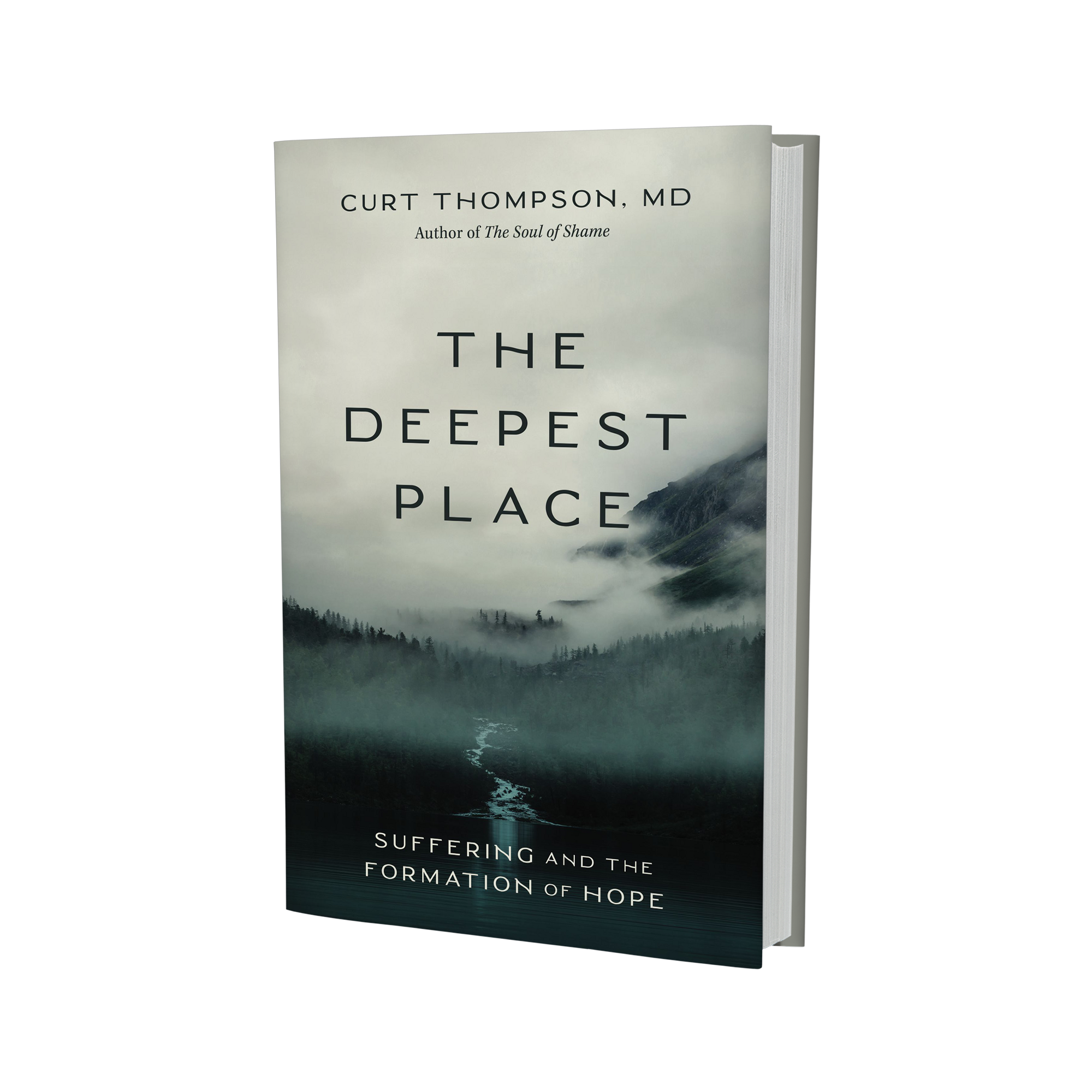The Way of the Confessional Community

The Way of the Confessional Community by Curt Thompson, MD
In the confessional community (CC) encounter, there are particular elements that are vital to a person’s experience of transformation. In this article, I am sharing five of those elements without which, the work of being in the community is at best, incomplete, and, at worst, is undermined. These are not the sole important elements, but for our purposes here in exploring this work (perhaps for the first time for some), these provide an important, helpful place to start.
VULNERABILITY
The first element that is necessary for anyone who wants to be part of a CC to incorporate and practice is that of vulnerability. Our willingness to transparently reveal our story over time to others who are doing the same is the hard deck from which this enterprise is launched. In fact, the very act of showing up in a room with others who are intending to do this work is, in and of itself an act of vulnerability.
To be vulnerable is to acknowledge that we are in need of others’ help and protection—and they are in need of ours. This is a fundamental necessity for us to create beauty and goodness that will be durable. Moreover, vulnerability is not something we choose to be; it is something we already are. The question is the manner and pace at which we will vulnerably reveal what is true about the deepest, often most tender parts of our stories. Parts, some or even many of which we would much rather keep out of the light of day. It is our willingness to practice vulnerability—and indeed, it is something we must practice, given that there will always be things that will be hard to reveal—that continually revitalizes the courage that we all need to allow ourselves to be loved.
EMBODIMENT
The next element necessary to initiate and maintain participation in a CC is embodiment. When it comes to relationships, we tend to imagine them largely in terms of, well, our imaginations, where they largely remain abstract in nature. It is far easier for us to think and talk about someone than to be and speak with someone, especially in those situations in which we are distressed and/or anxious, let alone angry or deeply disappointed—and not least as a function of that very relationship. In the process, we often do not pay attention to how we are responding in our bodies, responses that are our bodies’ attempts to get our attention, invite us to slow our pace, and respond with non-anxious intention in the way that will be most helpful to everyone, ourselves not the least.
Our vulnerability, in fact, is ultimately an embodied expression (our second element), not simply an expression of words. We and others know that our vulnerability is genuine to the extent that we sense it in our chests. To practice embodiment is to practice moving from imagination to incarnation, which echoes the Bible’s arc of the story of God’s involvement with humankind. Our interaction with him began by imagining him as the Fear or perhaps the Name. But eventually he came to us in Jesus—who then commissions us to embody his presence on the earth and in the lives of others. Hence, embodiment plays a crucial role in the life of a CC: for indeed, one can be in the room but actually be somewhere else if she or he is not attuned to the movement of the Spirit as it enlivens the embodied expression of itself in the others in the room at any given time.
RUPTURE AND REPAIR
The third element to explore is that of rupture and repair. When we are vulnerable in fully embodied ways, eventually we become increasingly more comfortable in each other’s presence. We become less guarded—not only from others, but from those parts of ourselves that can show up more easily when they have been activated. Eventually, we will hurt each other’s feelings or get our feelings hurt, or both. What is important to know here is that Jesus is not worried or upset about this. Rather, he is at the ready, eager for us to move from this rupture to its repair. Ruptures are common in our lives. Repairs? Not so much. But it is in the repair of ruptures that we strengthen relational connection to a point that is beyond the strength it knew before the rupture. This practice enables us to grow in our courage and competence in doing the same things in our relationships outside the CC. Furthermore, it also enhances our confidence and willingness to enter even more deeply into relationships, precisely because we have learned how to recover well in the face of relational hardship. We begin to envision hopeful possibilities for our relationships and we become more resilient as a result of our work repairing ruptures in the CC.
IMAGINATION
The fourth element we will explore is that of imagination. Above I mentioned that our work involves moving from imagination to incarnation. But it also involves awakening and bringing to clarity dimensions of our imagination that we have not yet accessed, or are aware exist but are fearful of accessing precisely because it is so entangled with shame. As we vulnerably become more connected in concrete ways, enhancing our resilience, we become more willing to take the risk of imagining the next artifact of beauty that we want to create with God and each other. At first, this might sound a bit silly. But consider how challenging it can be to imagine doing something that feels fearful. Fearful of making a mistake; fearful of becoming ashamed when you do. Fearful of not imagining or wanting the right thing. Fearful of disappointing God or someone whose opinion you value. You know what and who I’m talking about. But these new things that are waiting to be imagined are precisely the very works that God has prepared before the foundation of the world for you to do with him. Thus, moving from imagination to incarnation and through the repair of ruptures bring us back to the renewal of our imagination so that we can now create beauty and goodness that before we could never imagine doing. And the good news is, not only can we not do this on our own—we don’t have to.
CREATIVITY
The final dimension of the CC encounter that we will speak of here is that of creativity. From the first page of the Bible, the general vision for human beings is that we are to bear God’s image; furthermore, from that very same page, to bear his image—to reflect who and how God is—assumes that, like him we are made as creators. Just as he has created, so we also are to create from the world that he has given us to steward. Furthermore, just as what he created was “good,” or “beautiful,” so also we are to create goodness and beauty in all that we do. And beauty and goodness are things that evil cannot bear to tolerate. Hence, part of how evil wields trauma and shame most prominently is as a means to keep us from creating. The work of CC’s is therefore in no small part to reinstate participants’ courage to imagine and create those artifacts of beauty and goodness that prior to their encounter in the CC they could not for any number of reasons. As we then see, being part of a CC is not just to help us “feel better.” It is mostly to help recommission our calling to create new outposts of beauty and goodness in the world, those good and beautiful works that God has prepared for us from before the world’s foundation.
These five elements—vulnerability, embodiment, repair of ruptures, imagination and creativity—are some of the fundamental features that being part of a CC depends upon. I trust that you will find these ideas helpful—and invitational, as you consider the possibility of how being part of a confessional community can make a difference in your life.
